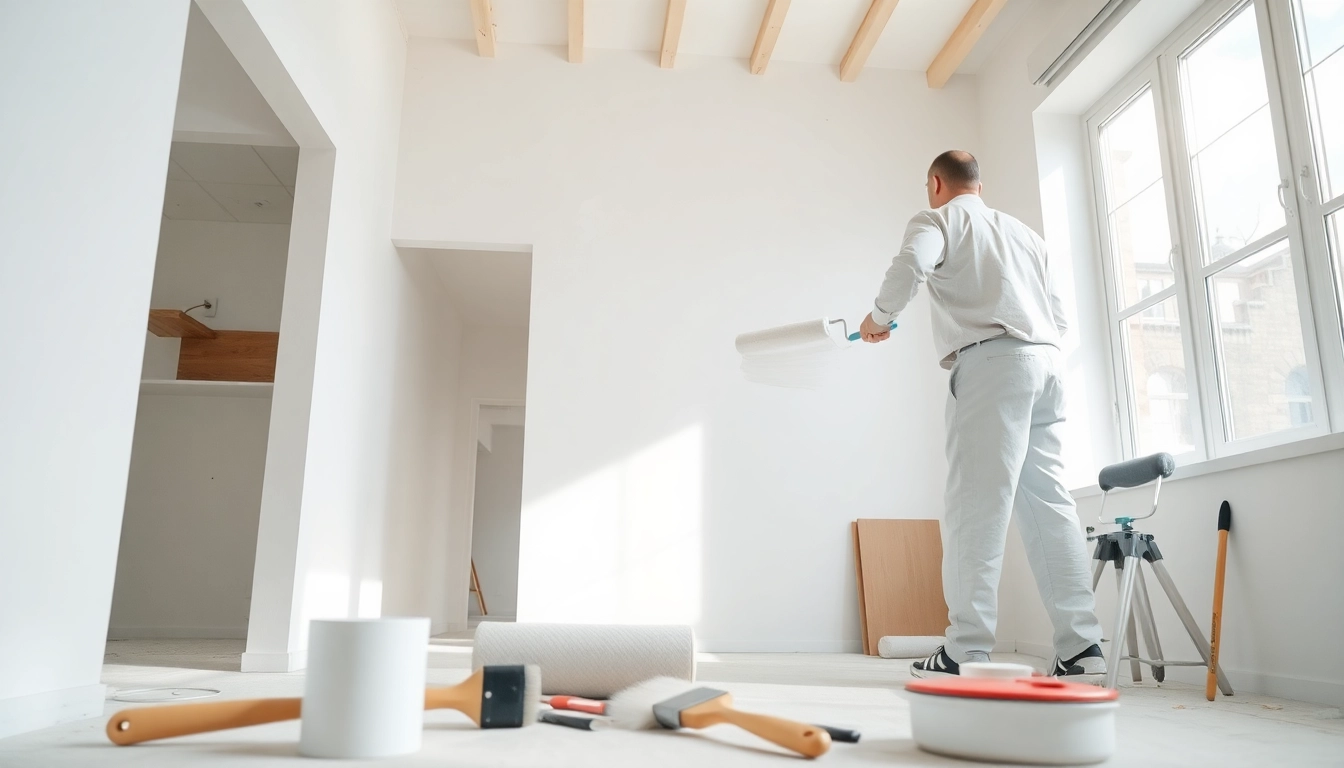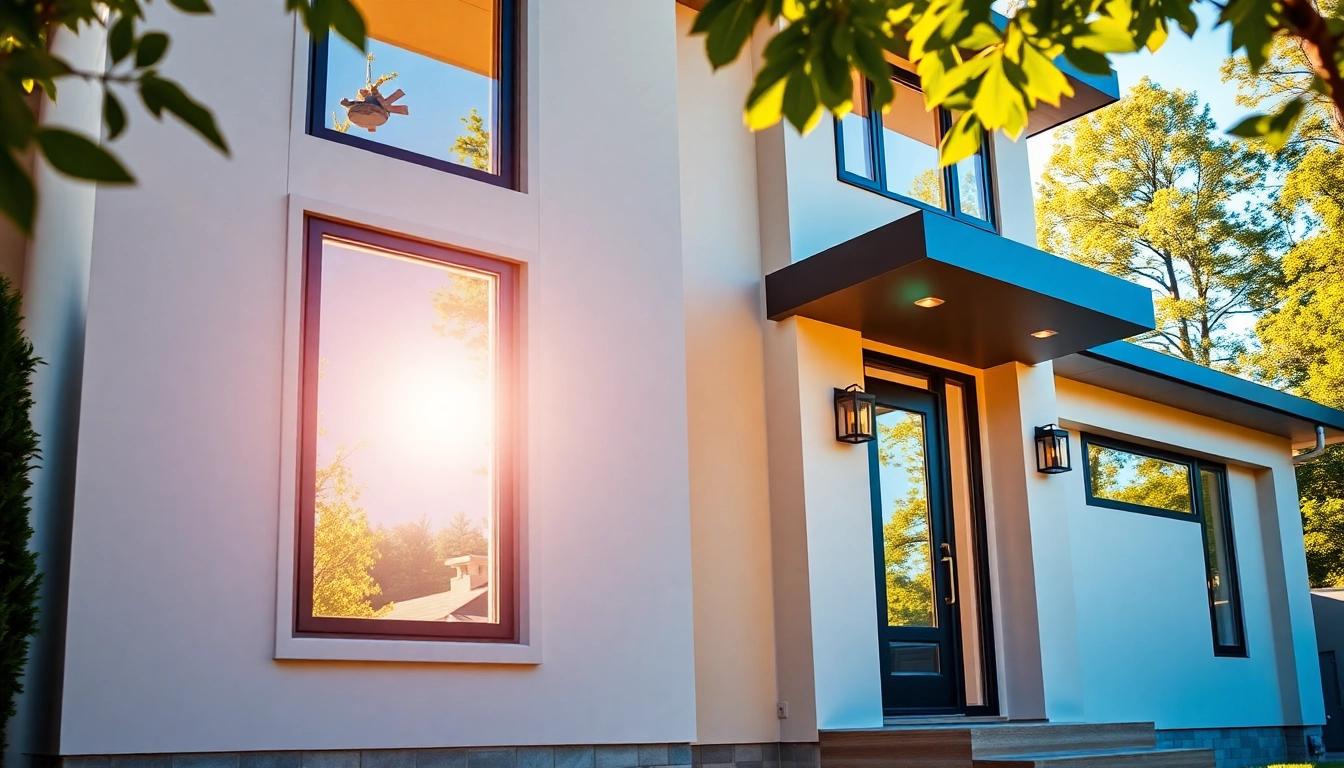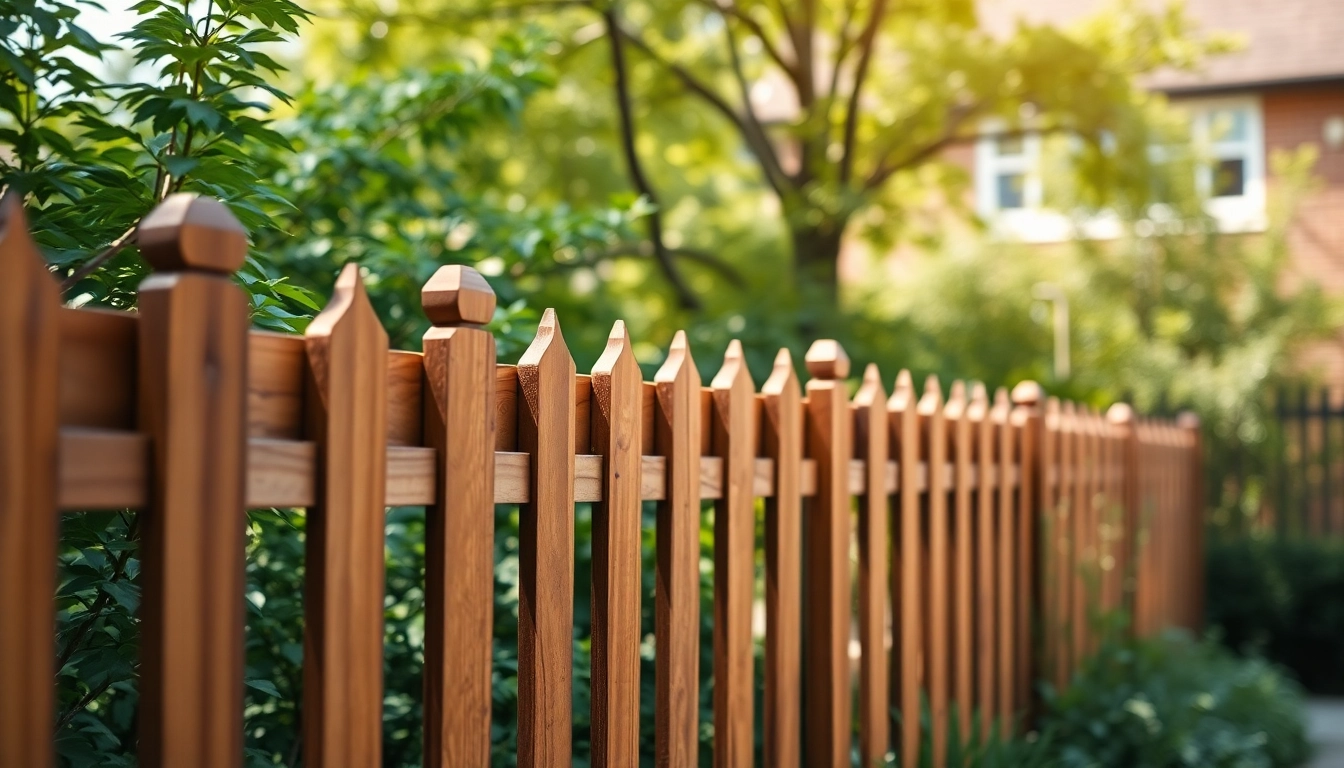Introduction to Drywall Painting
When it comes to transforming the aesthetics of a room, drywall painting stands out as one of the most impactful and cost-effective methods. Painting drywall effectively can significantly enhance the look of an interior space, providing both warmth and character. To achieve a flawless finish, however, one must understand the nuances of drywall and the intricacies involved in the painting process. This article delves into everything you need to know about drywall painting, from preparation to execution, presenting you with a comprehensive guide to achieving professional results.
Understanding Drywall and Its Characteristics
Drywall, also known as gypsum board or plasterboard, is a construction material made from a core of gypsum plaster, sandwiched between two sheets of heavy paper. It has become the preferred choice for wall construction in modern homes due to its lightweight, fire-resistant properties, and ease of installation. Before embarking on a painting project, it’s essential to understand the characteristics of drywall, including:
- Texture: Drywall has a smooth surface that can vary depending on the finishing techniques used. Some may prefer a textured finish, which can hide imperfections but may require different painting techniques.
- Porosity: The porous nature of drywall can affect how paint adheres and appears once applied. Proper preparation and priming are crucial for achieving an even finish.
- Seams and Joints: During installation, the seams of drywall must be taped and mudded to create a seamless look. If not correctly finished, these areas can become visible after painting.
Importance of Proper Preparation
Preparation is crucial to achieving a smooth and uniform paint job on drywall. Inadequate preparation can lead to peeling paint, uneven coverage, and visible imperfections. Here’s why preparation matters:
- Cleaning: Before painting, drywall needs to be cleaned to remove dust, debris, or grease that can interfere with paint adhesion.
- Repairing: Any dents, holes, or imperfections should be repaired using joint compound to ensure a smooth surface.
- Priming: Applying a quality primer is vital to block stains and ensure that the paint adheres properly. Primer also helps achieve a more uniform color.
Common Mistakes in Drywall Painting
Having a checklist of common pitfalls can significantly enhance your painting project’s efficacy and outcome. Here are some mistakes to avoid:
- Skipping the Primer: Not using primer is one of the most common mistakes. Primer helps the paint adhere properly and enhances the overall finish.
- Ignoring the Seams: Not adequately finishing the seams can lead to unsightly lines and can impact the overall look.
- Overloading the Brush or Roller: Applying too much paint at once can lead to drips and uneven coverage.
Essential Tools for Drywall Painting
Must-Have Supplies for a Successful Project
To embark on a drywall painting project, gather the following tools and materials to ensure success:
- Painting Supplies: High-quality paint, primer, and top-notch rollers and brushes are vital for achieving a professional finish.
- Drop Cloths: Protect your floors and furniture from paint splatters.
- Patching and Repair Tools: Joint compound, a putty knife, and sanding sponges or blocks for repairing imperfections.
- Masking Tape: Use it to protect edges and ensure straight lines where colors meet.
Choosing the Right Paint Types for Drywall
Selecting the right paint type is crucial for durability and appearance. Here are some popular choices:
- Acrylic Latex Paint: This is the most commonly used type for drywall due to its excellent adhesion and ease of cleanup.
- Low-VOC Paints: These paints are ideal for interiors, as they reduce harmful fumes, making them safer for living environments.
- Matte vs. Satin Finishes: Matte finishes hide imperfections but may be less durable, while satin finishes are easier to clean but can highlight flaws.
Safety Equipment and Practices
Safety should never be overlooked while engaging in painting projects. Here are essential safety practices:
- Personal Protective Equipment (PPE): Always wear gloves, goggles, and a mask to protect from inhaling fumes and dust.
- Ventilation: Ensure proper airflow in the area where you are painting to minimize inhalation of VOCs.
- Ladder Safety: Use stable ladders or platforms and ensure they are on flat surfaces to prevent falls.
Step-by-Step Process of Painting Drywall
Preparing the Surface for Paint
Proper surface preparation is fundamental to achieving a flawless paint job. Follow these steps:
- Clean the Surface: Use a damp cloth or vacuum to eliminate dust.
- Repair Any Imperfections: Use joint compound to fill holes or cracks and sand smoothly.
- Sand the Entire Surface: Lightly sand the walls to create a rough surface for better paint adhesion.
Applying Primer Effectively
Next, it’s time to apply the primer. A good primer provides a solid foundation for your paint. Here’s how to do it:
- Choose the Right Primer: For most drywall projects, a PVA (polyvinyl acetate) primer works well.
- Apply With a Roller and Brush: Use a roller for large areas and a brush for corners and edges.
- Wait for It to Dry: Allow the primer to fully dry before sanding lightly for a smooth finish.
Tips for Applying Paint Evenly
Achieving even coverage while painting is important to avoid streaks and uneven patches. Here are some techniques to consider:
- Use High-Quality Tools: Investing in good brushes and rollers can significantly affect the outcome.
- Apply Multiple Coats: It’s usually better to apply multiple thin coats instead of one thick coat to avoid drips and ensure even coverage.
- Work While the Paint is Wet: This prevents unsightly lines and inconsistencies.
Advanced Techniques for Professional Results
Adding Texture and Pattern Options
For those looking to enhance their drywall’s aesthetic appeal, applying texture can add depth and character. Options include:
- Knockdown: This process involves spraying texture and then flattening it with a knife for a subtle texture.
- Stippling: This technique involves using a brush or sponge to create patterns and textures.
- Wainscoting: Adding chair rails and painting the lower section a different color creates a sophisticated look.
Using Tools for Unique Finishes
Advanced tools and techniques can yield stunning results. Consider the following:
- Add-in Paint Additives: These can enhance paint performance, such as anti-microbial features that resist mold and mildew.
- Sponge or Rag Techniques: Using unconventional tools can result in beautiful, unique finishes.
- Stencils and Masks: For specific designs and accents, stencils can create intricate patterns.
Maintenance and Touch-Up Techniques
Over time, painted drywall may require touch-ups or maintenance. Here’s how to handle it:
- Cleansing: Use a soft, damp sponge or cloth to gently clean the walls when necessary.
- Touch-Up Paint: Keep a small amount of leftover paint for quick fixes and repairs as they arise.
- Inspect Regularly: Check for signs of wear and damage, and handle them promptly to maintain a fresh appearance.
Conclusion: Elevating Your Space with Drywall Painting
Benefits of Painting Fresh Drywall
Painting fresh drywall not only increases the visual appeal of your home but also offers functional benefits, such as improved durability and easier maintenance. Additionally, it acts as a protective layer against scratches and scuffs.
Transforming Homes Through Color
Color has the power to influence mood and perception. By understanding which colors complement your space, you can elevate the energy within your home. Light colors can make a small room feel more spacious, while darker shades can create a warm and inviting atmosphere.
Resources for Ongoing Improvement
For those looking to further enhance their drywall painting skills, numerous resources are available, including online tutorials, local workshops, and community forums. Engaging with fellow DIY enthusiasts can provide valuable insights and inspiration.



